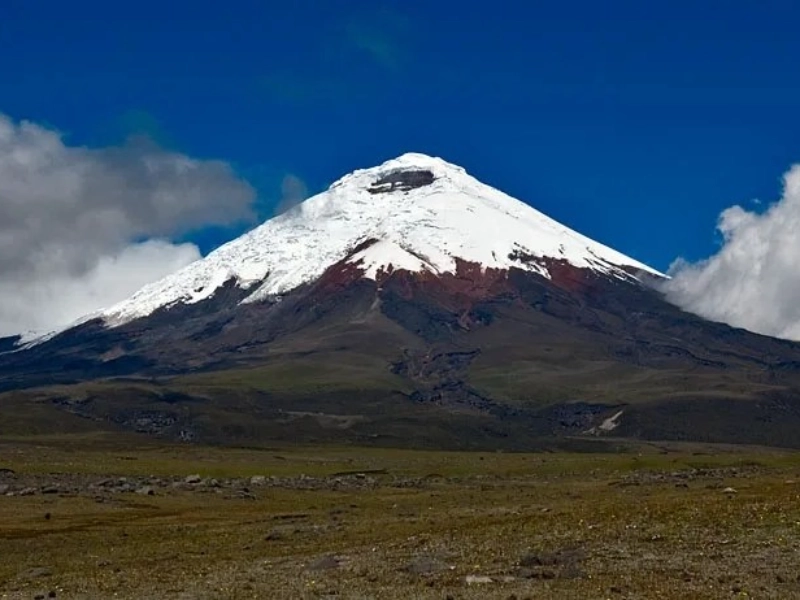Advertisement
4. Cotopaxi: Ecuador's Majestic Ice-Capped Volcano

Advertisement
One of the most active volcanoes in the world, Cotopaxi towers majestically in Ecuador's Andes Mountains. Rising to an amazing height of 19,347 feet (5,897 metres) above sea level, its almost symmetrical cone, topped with a glistening glacier, makes a stunning view that has enthralled residents as well as tourists for millennia. Part of the Pacific Ring of Fire, Cotopaxi is one of the most important geological phenomena in South America and lies just 31 miles (50 km) south of Ecuador's capital, Quito. The name of the volcano, "Neck of the Moon" in the native Quechua language, captures its towering prominence and the respect local civilisations had for it over millennia. Geological importance of Cotopaxi goes much beyond its striking appearance. Having a long history of eruptions, active stratovolcano has more than fifty recorded episodes since 1738. The most catastrophic of these was in 1877 when pyroclastic flows dissolved the ice cap of the mountain, causing great lahars—volcanic mudflows—that destroyed nearby valleys and towns. Given the volcano's proximity to inhabited regions, its eruption reminds us sharply of the possible hazards it presents. The Geophysical Institute of Ecuador keeps a network of seismometers, tiltmeters, and other tools to identify any indicators of approaching eruption, so closely observing the activities of the volcano. This attentiveness is absolutely vital as an eruption of Cotopaxi might have disastrous effects on Ecuador's economy and surrounding towns. The glaciers of the volcano especially represent a hazard since their fast melting after an eruption could produce destructive lahars able to reach Quito and other populous regions. Notwithstanding these hazards, Cotopaxi National Park—which includes the volcano and environs—is a popular travel and outdoor destination. From páramo (high-altitude Andean grasslands) to cloud forests, the park's varied ecosystems sustain a great range of flora and animals including threatened species like the Andean condor. Though access to the peak is frequently restricted owing to volcanic activity, mountaineers from all around the world are lured to the challenge of ascending Cotopaxi. Perfect conical form and breathtaking glacier make the volcano a favourite topic for photographers and artists, which helps to explain its prominence among Ecuador's most identifiable natural features. For Cotopaxi and other high-altitude tropical glaciers, climate change has been ever more of an issue in recent years. Rising temperatures have caused notable glacier retreat, which not only changes the classic look of the volcano but also affects water resources in the area and maybe poses volcanic dangers. To better grasp these long-term effects on the volcano and neighbouring ecosystems, scientists are closely examining these variations. Both a natural beauty and a possible peril, Cotopaxi reflects the complicated interaction between human civilisation and the strong geological forces sculpting our globe. < It reminds us of the necessity of ongoing scientific study, sensible risk-reducing techniques, and a great respect of the natural surroundings.
